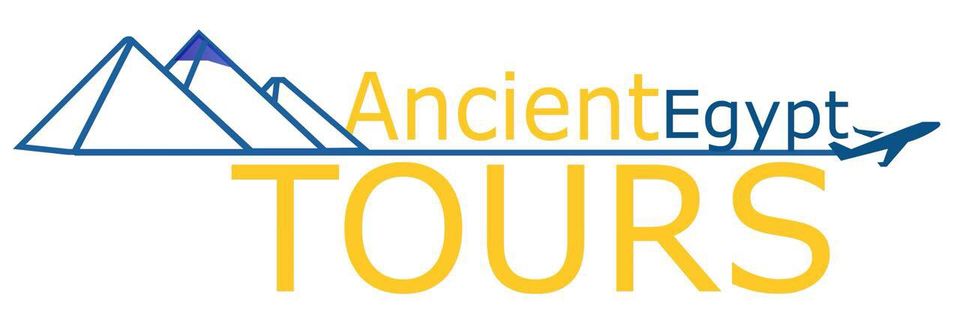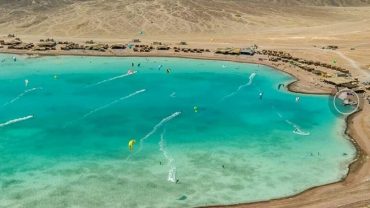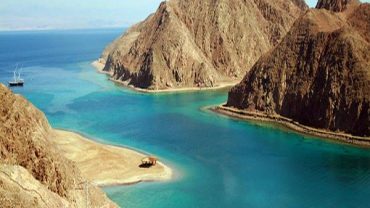-
-
Giza pyramid complex
The Giza pyramid complex (also called the Giza necropolis) in Egypt is home to the great pyramid, the pyramid of khafre, and the pyramid of menkaure, along with their associated pyramid complexes and the great sphinx. Pharaohs built it during the 4th dynasty of the Old kingdom of Ancient Egypt, between 2600 and 2500 BC. The site also includes several temples and cemeteries and the remains of a workers’ village.
The site is at the edges of the western desert , approximately 9 kilometres (5.6 mi) west of the Nile river in the city of Giza, and about 13 kilometres (8 mi) southwest of the city center of cairo. It forms the northernmost part of the 16,000-hectare (40,000-acre) pyramid fields of the Memphis and its Necropolis UNESCO world heritage site, inscribed in 1979. The pyramid fields include the abusir , dahshur and saqqara pyramid complexes, that were all built in the vicinity of Egypt’s ancient capital of Memphis. Further Old Kingdom pyramid fields were located at the sites Abu Rawash, Zawyet Al Aryan, and Meidum.
The Great Pyramid and the Pyramid of Khafre are the largest pyramids in Ancient Egypt, and they have historically been common as emblems of Ancient Egypt in the western imagination. They were popularised in Hellenistic times, when Antipater of sidon listed the Great Pyramid as one of the seven wonders of the world . It is by far the oldest of the Ancient Wonders and the only one still in existence.
Literature on ancient Giza is vast, for an overview with further references, see Manuelian or Lehner and Hawass. Many books and articles, written by the Egyptologists that actually worked at the site, are freely available on the digital giza website
Pyramids in Giza complex
The Giza Pyramids have become nearly synonymous with Egypt herself. Their incredible size continues to impress millions of visitors each year. They struggle to comprehend how three kings, Khafre, Khufu, and Menkaure, could have constructed such huge structures so long ago.

Despite their fame, the Giza Pyramids represent only a short moment in the long history of Ancient Egypt. All three great pyramids, pharaohs built them during the 4th dynasty of the Old Kingdom of Ancient Egypt. The Old Kingdom (c. 2686—2181 BC) was the first of the three major eras of Ancient Egypt’s history. Archaeologists believe that the 4th dynasty (c. 2613—2493 BC) was the ‘golden age’ of the Old Kingdom because of the size and quality of the pyramids.
Subsequent pyramids did not come close to rivaling the size or quality of construction of these huge structures. The blocks of limestone used in construction are better than any of the other pyramids built before or after them.

Although they dominate the view, the pyramids are not the only site to see on the Giza Necropolis. Like the other pyramid fields in Egypt, they used the sites for less significant burials as well. The tombs of nobles have also excavated on the site and there is a Valley Temple associated with each structure.
-
Blogs July 27, 2023




Comment (0)